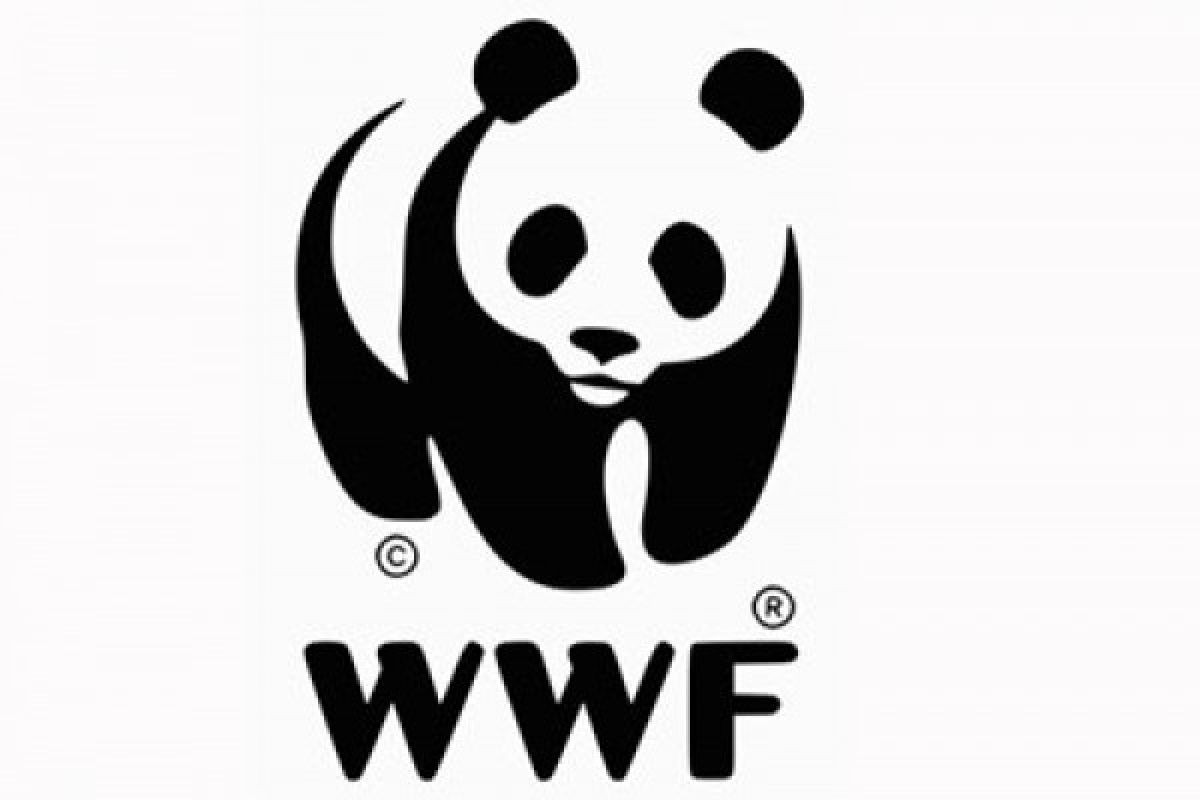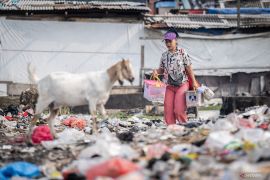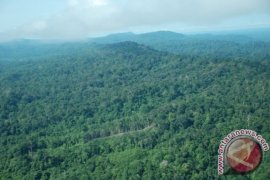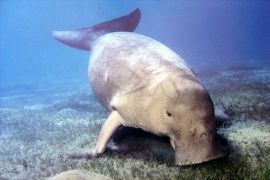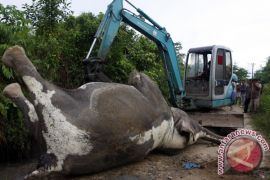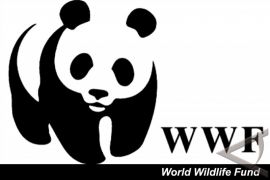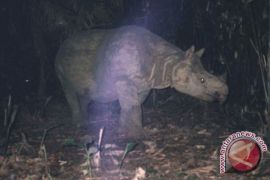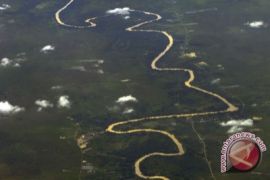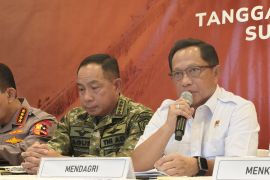"This will help us to better monitor and plan our future business on this island," Acting CEO of WWF Indonesia Benja V. Mambai noted.Jakarta (ANTARA News) - The World Wildlife Fund (WWF) Indonesia and Malaysia released an exclusive publication of "The Environmental Status of Borneo 2016" to commemorate this years World Environment Day.
Acting CEO of WWF Indonesia Benja V. Mambai highlighted the importance of having a clear and comprehensive picture of Borneos forests, including the Heart of Borneo, currently and earlier, to analyze where major changes in the ecological conditions occur.
"This will help us to better monitor and plan our future business on this island," he noted in a press release received by ANTARA on Monday.
As being stated in the report, Mambai expressed hope that results of the existing analysis would guide the authorities and stakeholders to adopt effective measures to address the declining environmental conditions in Borneo.
The Heart of Borneo initiative has been running for a decade and has received full support from all key stakeholders.
Although several challenges still remain, the report provides positive progress in some areas of the ecosystem. The Heart of Borneo, which is located in the middle of the island, fared much better than the lowlands and coastal areas.
Along with WWF Malaysia, WWF Indonesia has put in every effort to help make one of Borneos last remaining forest areas in the world a better place for humans and the biodiversity that thrives on this unique tropical rainforest island.
The island of Borneo is home to a wide variety of plant and animal species and is rich in natural resources essential for the survival of 11 million people, including a million indigenous people living in the Heart of Borneo area, who have been managing its natural wealth sustainably for centuries. However, not all is fine.
The exclusive summary of the latter report reveals that Brunei Darussalam, provinces in Kalimantan, and the Malaysian states of Sabah and Sarawak in Borneo are in danger, as they are slowly losing their key ecosystems that are critical to the long-term survival of local and economic communities, both nationally and regionally.
According to the report, approximately 74 million hectares, or 55 percent of the forest cover, had been lost by 2015. In closed forest areas, fragmentation is widespread, with deforestation on the rise. In a business-as-usual (BAU) scenario by 2020, it is estimated that Borneo could lose 75 percent of its forests.
According to the projection in the report, if the deforestation rate during the 2005-2015 period continues in line with the BAU scenario, another six million hectares of forests are likely to vanish in the next five years from 2015 and 2020.
The full report of the WWF Environmental Status of Borneo 2016 will be released at the end of June 2017.
It is the third edition of a report detailing the critical condition of ecosystems and plant and animal indicators to assess changes in landscape and reduction in forest cover by drawing references from the historical levels in the past three- to five-year intervals, from 2005 to 2015.(*)
Editor: Heru Purwanto
Copyright © ANTARA 2017
